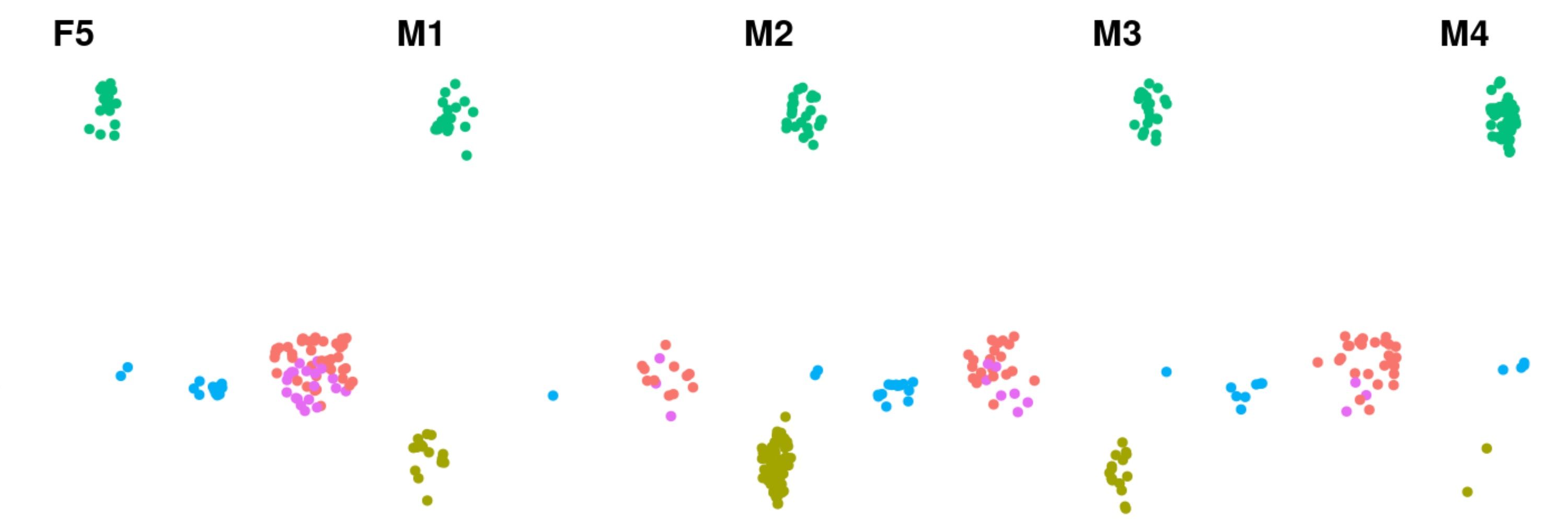
#TenaLab @cabd-upo-csic.bsky.social @anaburgos.bsky.social (Killifish/ scRNAseq/ Aging)
https://www.biorxiv.org/content/10.1101/2025.03.24.645095
Special Topics
@aburger2009.bsky.social (Data Reporting/ Metadata/ AI)
https://osf.io/preprints/osf/kvn2x (27/34)
#TenaLab @cabd-upo-csic.bsky.social @anaburgos.bsky.social (Killifish/ scRNAseq/ Aging)
https://www.biorxiv.org/content/10.1101/2025.03.24.645095
Special Topics
@aburger2009.bsky.social (Data Reporting/ Metadata/ AI)
https://osf.io/preprints/osf/kvn2x (27/34)
https://www.biorxiv.org/content/10.1101/2025.03.12.642371 (21/34)
https://www.biorxiv.org/content/10.1101/2025.03.12.642371 (21/34)










